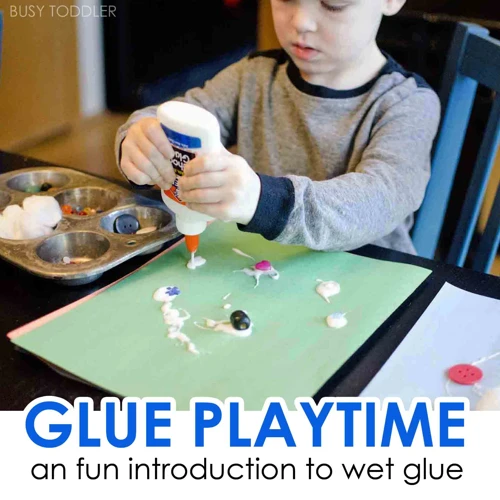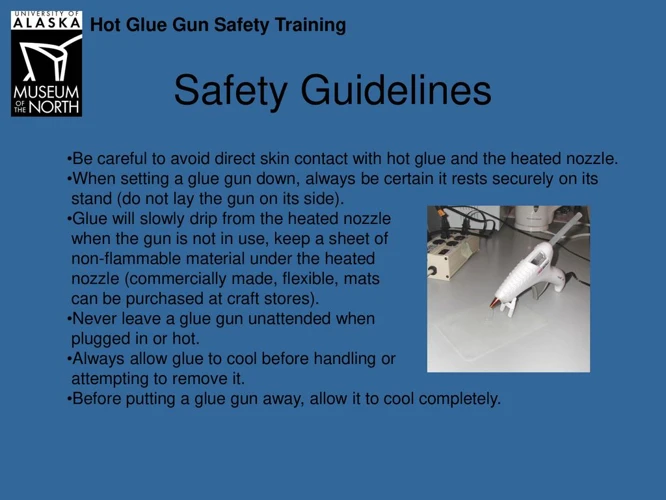Embarking on DIY plumbing projects can be an empowering endeavor. It’s a practical skill set that saves money and provides a sense of accomplishment. When it comes to copper pipe repair, understanding the process and the need for precision is vital. Copper pipes, renowned for their durability and reliability in plumbing systems, occasionally require maintenance, and learning how to manage this maintenance is essential for any DIY enthusiast.
Understanding the Basics of Copper Pipes in DIY Plumbing
Copper pipes are a staple in residential and commercial plumbing systems due to their longevity and resistance to corrosion. These pipes transport water efficiently and are favored for their thermal conductivity. Grasping the use of these pipes is the first step in DIY plumbing, laying a foundation for successful home repairs.
The Importance of Leak-Proof Copper Joints
Securing leak-proof copper joints is paramount in plumbing. A leak can lead to significant water damage and costly repairs. Ensuring that your copper joints are sealed correctly will maintain the integrity of your plumbing system and prevent potential disasters down the line.
Essential Tools and Materials for Soldering Copper Pipes
Before you delve into the art of soldering copper pipes, assembling the right tools and materials is crucial. Having a well-equipped toolkit is the backbone of any successful DIY plumbing project, and it’s important to choose quality tools that will help you achieve the best results.
Gathering Your DIY Plumbing Toolkit
- Tubing cutter
- Propane torch
- Lead-free solder
- Emery cloth or sandpaper
- Flux
- Heat-resistant protective gloves
- Safety glasses
These tools are the essentials for any DIY plumber looking to tackle copper pipe repair. With these at your disposal, you’re ready to proceed with confidence.
Choosing the Right Copper Pipe Adhesive and Pipe Sealant Options
When it comes to bonding copper, the selection of a suitable copper pipe adhesive and pipe sealant options is critical for a durable bond. You’ll find various products on the market, but it’s important to choose one that is specifically designed for use with copper plumbing to ensure the best results.
Step-by-Step Guide to Bonding Copper Pipes
Bonding copper pipes is a skill that requires precision and attention to detail. The following steps will guide you through the process of creating a solid, leak-proof connection in your copper plumbing.
Preparing the Copper Pipes for Bonding
The first step in the process is to prepare the pipes. This involves cleaning the ends of the pipes and the fittings with an emery cloth or sandpaper to remove any oxidation or debris. Clean surfaces will ensure a better bond when you apply the solder.
Applying the Pipe Glue Techniques for a Secure Fit
Once your pipes are prepared, apply a thin layer of flux to the outside of the pipe and the inside of the fitting. This will help the solder flow smoothly and create a secure fit. Carefully insert the pipe into the fitting, ensuring it’s fully seated.
Ensuring a Leak-Proof Seal with Proper Soldering Techniques
With the pipe in place, it’s time to solder. Light your propane torch and heat the fitting evenly. Once the flux begins to sizzle, touch the solder to the joint. If the fitting is hot enough, the solder will melt and flow into the joint, creating a strong, leak-proof seal. Allow it to cool without disturbing the joint.
Advanced Tips for How to Glue Metal Pipes
As you become more proficient with DIY plumbing, you may encounter more complex projects. These advanced tips will help you navigate challenging scenarios and ensure the longevity of your repairs.
Dealing with Challenging Pipe Configurations
When faced with intricate pipe configurations, take your time to plan your approach. Measure twice, cut once is a golden rule in plumbing. Consider creating a drawing or taking a photo of the existing layout before making changes to help guide your work.
Maximizing the Strength of Copper Pipe Adhesive
To maximize the strength of your copper pipe adhesive, ensure that you apply it evenly and allow adequate time for it to set before testing the system. Following the manufacturer’s instructions for curing times will result in a stronger, more durable bond.
Maintenance and Troubleshooting for Copper Pipe Repair
Maintaining your plumbing system can prevent many common issues. Regular checks can identify potential problems before they escalate, saving you from significant repairs in the future.
Regular Checks and Plumbing Tips for Longevity
Conducting regular inspections of your plumbing system is a proactive way to maintain its health. Look for signs of corrosion or leaks and address them promptly. Insulating your pipes can also prevent them from freezing during cold snaps, which is a common cause of burst pipes.
Identifying and Fixing Common Issues in DIY Plumbing
Common issues in DIY plumbing can range from small leaks to significant blockages. Knowing how to identify these problems is the first step in troubleshooting. Once identified, referencing reliable plumbing tips and guides will help you rectify the situation effectively.
If you’re tackling DIY repairs or crafts, understanding how to properly glue different materials can be essential for a successful project. While you’re learning about how to glue copper pipe, you may also find it helpful to explore our guides on similar topics. For ceramics enthusiasts, our tutorial on how to glue a ceramic pot could be just what you need. If you’re working with metal, check out our advice on how to glue pot metal. And for those dealing with stone surfaces, our step-by-step guide on how to glue a quartz countertop will ensure you get a strong bond that lasts. Each guide provides tailored tips and tricks to help you with your specific gluing project.
Conclusion: Building Confidence in DIY Plumbing
Mastering the art of DIY plumbing, especially when it comes to soldering copper pipes, is a journey that requires patience, practice, and the right knowledge. With the right tools, materials, and techniques, you can perform copper pipe repair with confidence. Remember, every successful repair adds to your experience and skills, empowering you to tackle more complex plumbing projects in the future.




